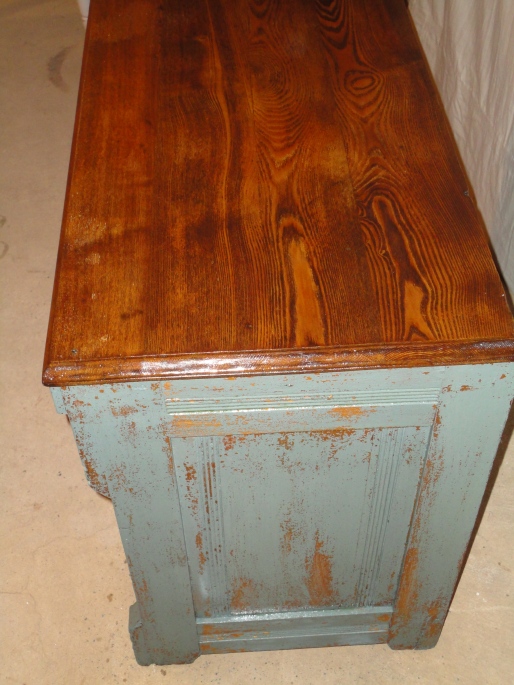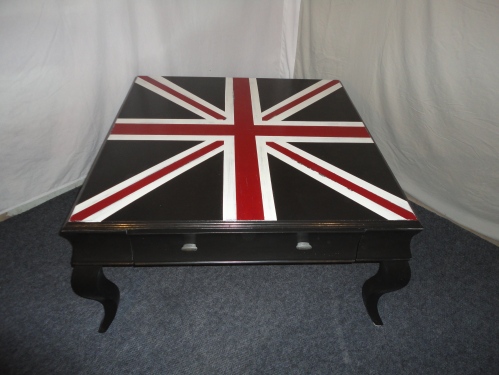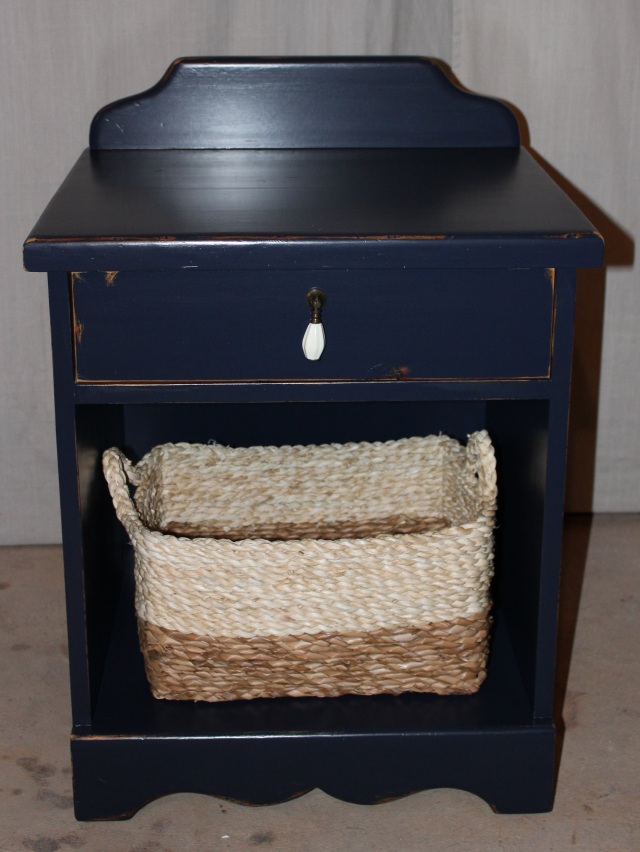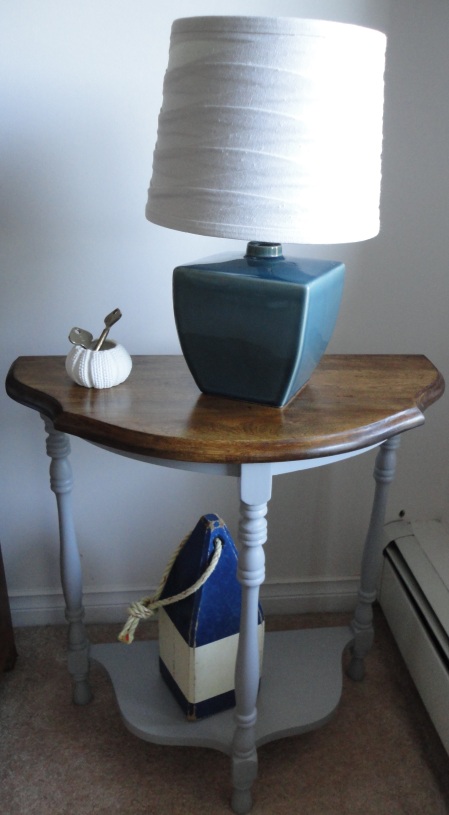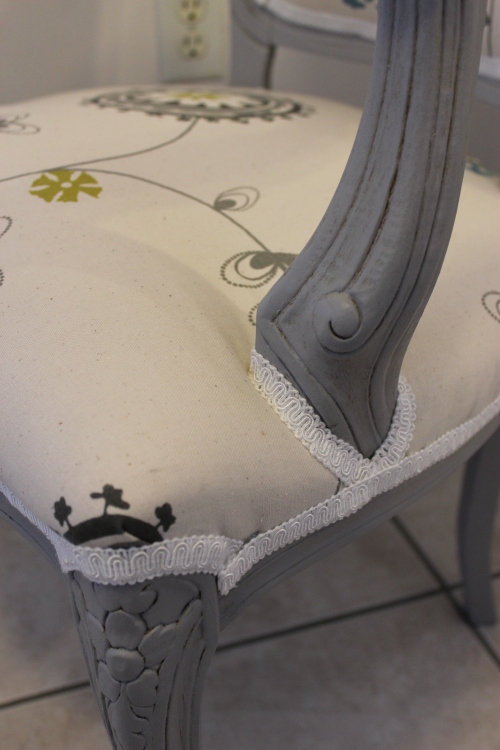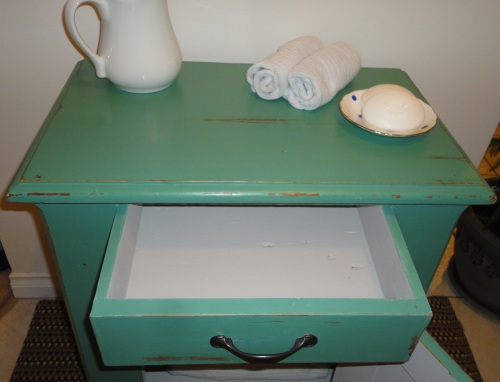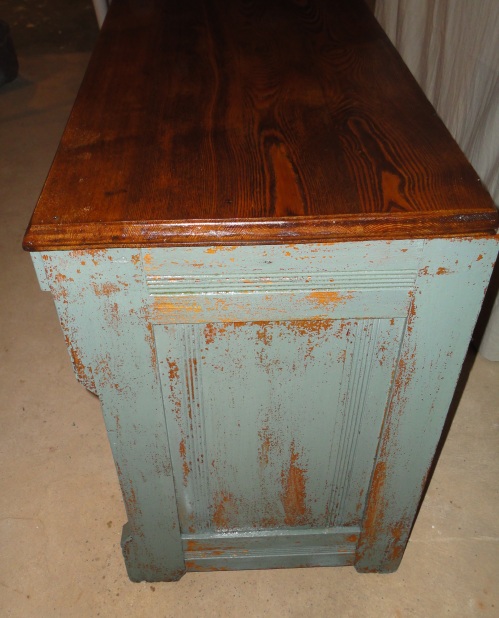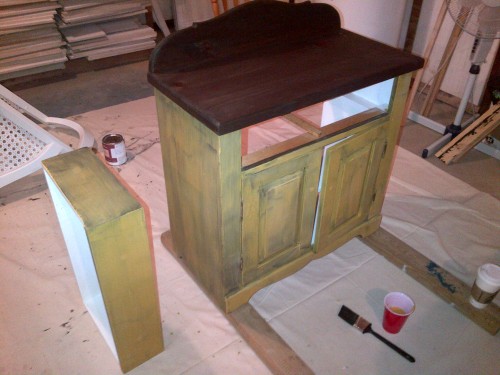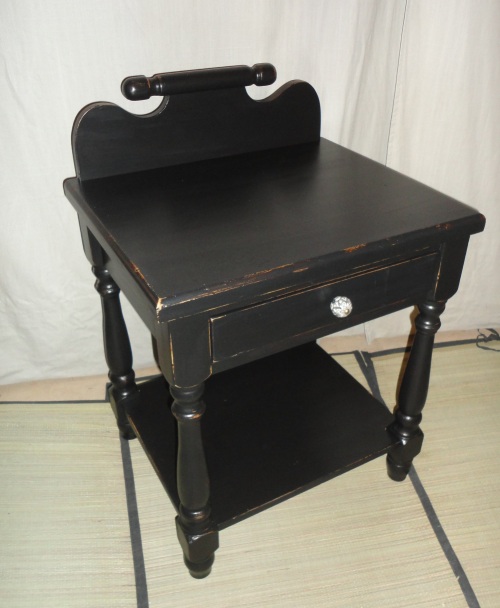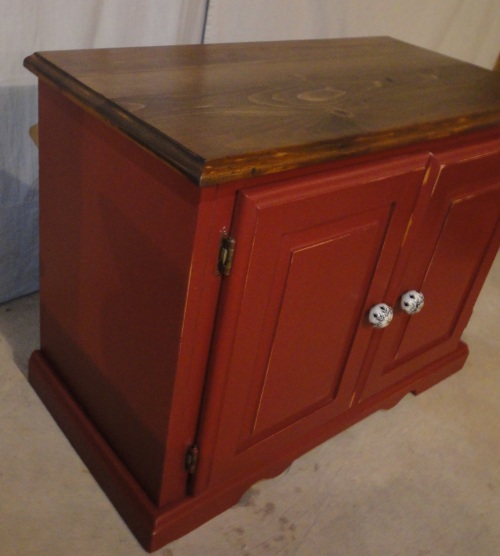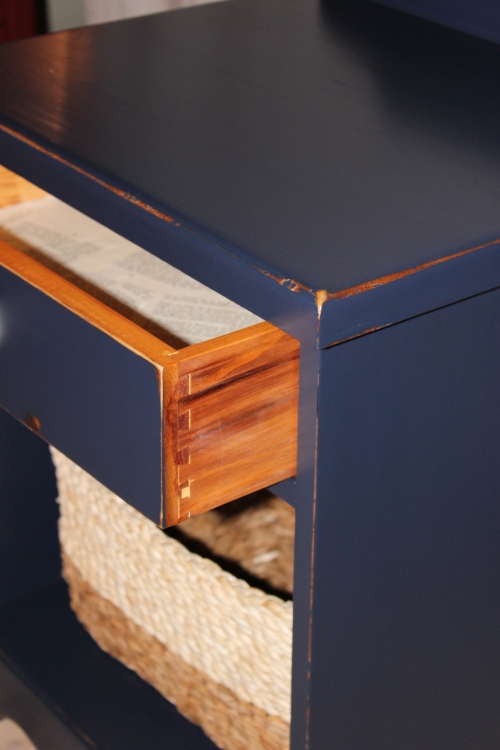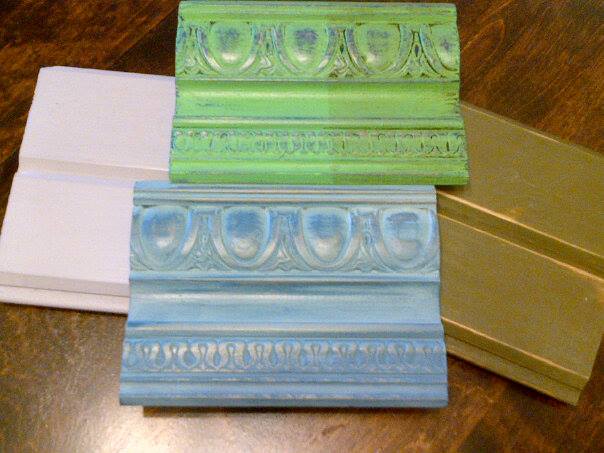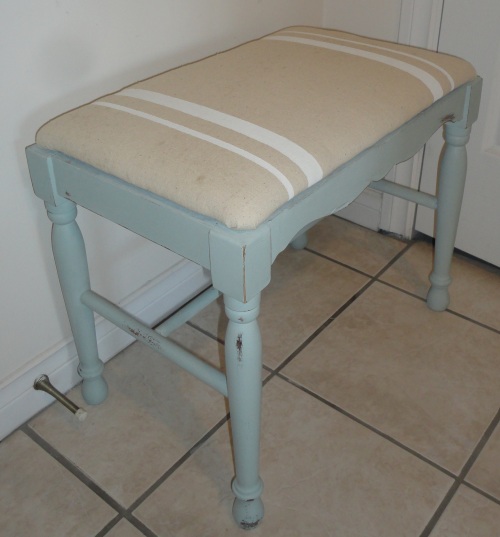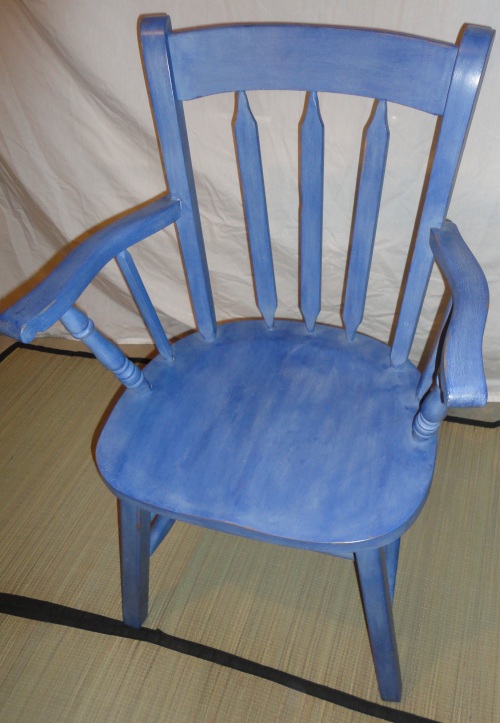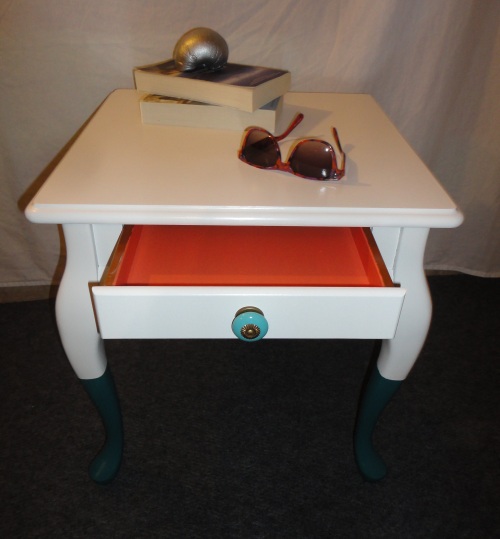Tipsy Tuesday is back! I missed a couple Tuesdays, but I didn’t get a chance to finish this post until last weekend.
Previously I covered products I use for prepping furniture in Part 1 and paint products in Part 2. For Part 3, here are my thoughts on my products for stains and finishes.
Stains: Wood conditioner and stain go hand-in-hand. Using wood conditioner is an easy step and makes the stain look consistent. You can see a brief how-to on staining a table top here.
My go to stain is Minwax dark walnut, its a beautiful dark tone and looks great on most wood types. I love special walnut too, it’s a nice mid-tone colour. I’m trying to branch out on stain colours lately. I hope to test out some of the coloured stains or a white wash. The only thing I don’t like about staining, is that they are stinky. I’d love to find one that doesn’t have a strong odour. Any suggestions are welcome!
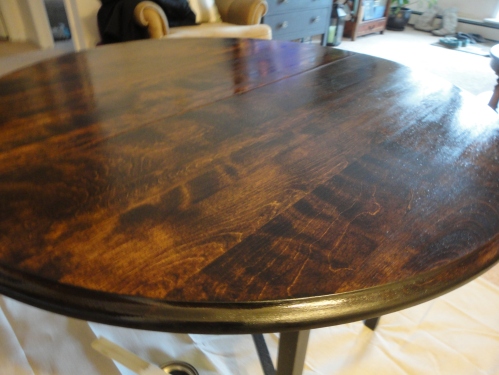
Stained with Dark Walnut
Top coats: I use 4 different top coats, Polyurethane, polycrylic, wax, and hemp oil. What I choose to use depends on whether the furniture needs to be durable, if it was painted a light colour, and also what type of paint product was used.
Minwax polyurethane is great for well-used furniture and stained table tops (ie dining tables, desk tops etc). It allows the furniture to be durable and easily cleaned. Avoid using it on white or light coloured painted pieces. It will cause yellowing. For a piece that is intended to be all white…yellowing would look horrible.
While refinishing a coffee table, Penny and I had a happy accident. We painted a union jack motif on the top and the white in the flag yellowed after the polyurethane coat was applied. It actually looked good, it looked like a weathered flag. Gotta love mistakes that turn out better than intended!
Varathane clear satin finish. I mainly use this on table bases and chairs. Looks great over painted or stained pieces. The satin finish gives just enough sheen to the furniture without being too shiny. Bonus: it doesn’t have a strong petrochemical smell like polyurethane.
Miss Mustard Seed Hemp Oil, oh how i love thee!!! And for so many reasons: it doesn’t have a strong smell, kinda earthy or dried grass odour. It refreshes dried wood, brightens and enhances the colour/grains of raw and stained wood. You can use it on pretty much any surface that needs moisture. It looks great on pieces painted with milk paint. You can easily reapply hemp oil in the future if the piece needs refreshing. But I would still use polyurethane on a table top (like a dining table or desk) that needs more durability. Also, avoid using it over painted pieces (with chalk paint or latex). Those are best sealed with wax or varathane.
Waxes. I’ve used Minwax furniture wax and Annie Sloan, both of their clear and dark waxes. I love Annie Sloan’s clear wax. It has much less of a smell, easily applied and buffed off. If you leave wax on too long or cover too large of an area with the wax, it can be hard to get a good sheen. So, remember to start small and apply wax to a small area and then buff off the wax. Dark wax is great for toning down a bright colour and giving the piece a beautiful antique look. Always apply clear wax first, buff and then apply the dark wax. If you put on too much dark wax, you can apply clear wax to reduce the darkness.
That’s it for my favourite finishing products! My ‘go-tos’ are Annie Sloan clear wax, MMS hemp oil and Varathane polycrylic. All three are great products and have little smell to them. It’s important for me to use environmental and health friendly products. I do most of my work in my work shop that doesn’t have much ventilation. Don’t want to get ‘high’ while working on furniture! 😉
What are your must-have products? Do you stick to one kind of paint or finishing product?
Let me know of other products you have tried out, good or bad!
Thanks for stopping in!
Until next time,
Laurena

